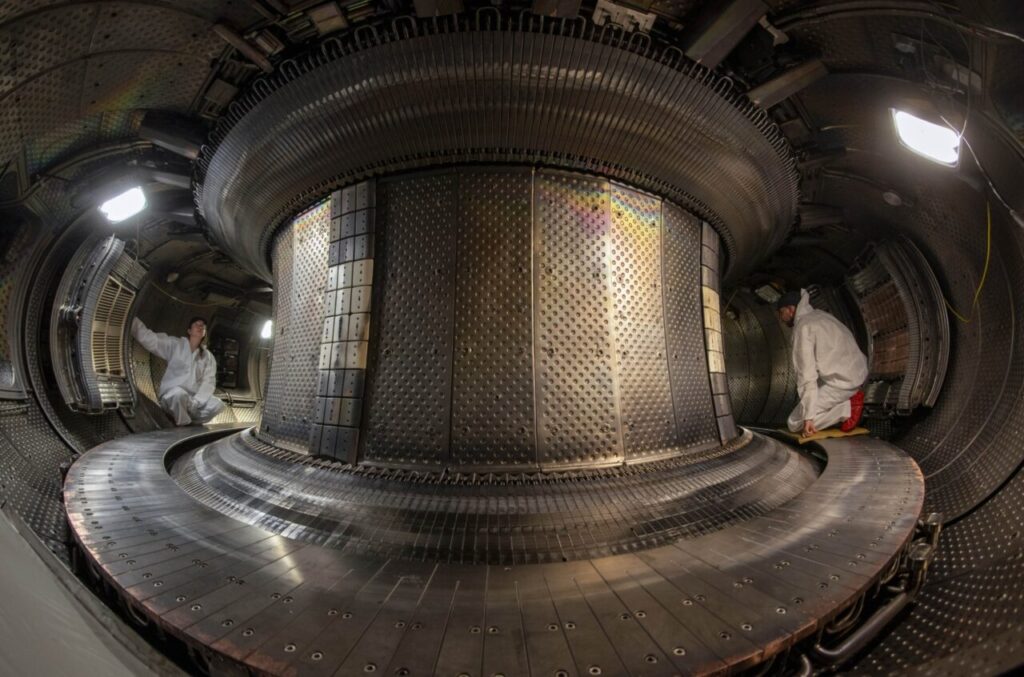
A team of researchers at the Massachusetts Institute of Technology (MIT) has made significant progress in addressing a key challenge in nuclear fusion, bringing humanity closer to harnessing this abundant energy source. Their findings, published on March 4, 2024, in Nature Communications, suggest advancements in managing plasma—a critical component of fusion reactors—could enhance the reliability of this promising energy technology.
Nuclear fusion mimics the processes that power stars, offering a potential avenue for a clean and virtually limitless energy supply. The tokamak, a donut-shaped reactor that uses powerful magnets to contain plasma, has been a focal point of fusion research. However, effectively controlling the plasma during operation, especially when ramping down a reaction, remains a significant hurdle for scientists.
During operation, plasma currents within a tokamak can reach speeds of approximately 100 kilometers (62 miles) per second and temperatures exceeding 100 million degrees Celsius (180 million degrees Fahrenheit). Such extreme conditions present a challenge when it becomes necessary to shut down the reactor. The process of de-energizing the plasma is complex, as any missteps can lead to damage within the reactor, resulting in costly repairs.
Allen Wang, the lead author of the study and a graduate student at MIT, emphasized the importance of reliability in fusion energy. “For fusion to be a useful energy source, it’s going to have to be reliable,” he stated in an interview with MIT News. “To be reliable, we need to get good at managing our plasmas.”
Innovative Use of Physics and Machine Learning
The research team tackled the challenge of plasma behavior prediction using a novel approach that combined fundamental physics with machine learning. They developed a neural network model that was informed by existing plasma dynamics principles. The model was trained on data from the TCV, an experimental fusion reactor located in Switzerland.
This dataset included various initial conditions such as plasma temperature and energy levels throughout each experimental run. By analyzing this data, the researchers established “trajectories” that detailed how the plasma would behave during a fusion reaction. When applied to actual operations at the TCV, the model successfully guided operators in safely ramping down the reactor.
Wang noted the success of their approach: “We did it a number of times. And we did things much better across the board. So, we had statistical confidence that we made things better.”
A Long Journey Ahead
While this research marks a crucial step forward, Wang acknowledged that significant work remains. “We’re trying to tackle the science questions to make fusion routinely useful,” he explained. “What we’ve done here is the start of what is still a long journey. But I think we’ve made some nice progress.”
The implications of achieving reliable nuclear fusion are profound. If successfully developed, fusion could provide a sustainable energy source that significantly reduces reliance on fossil fuels, contributing to global efforts to combat climate change. As research continues, the collaboration between physics and machine learning may pave the way for a future where nuclear fusion becomes a practical energy solution.







